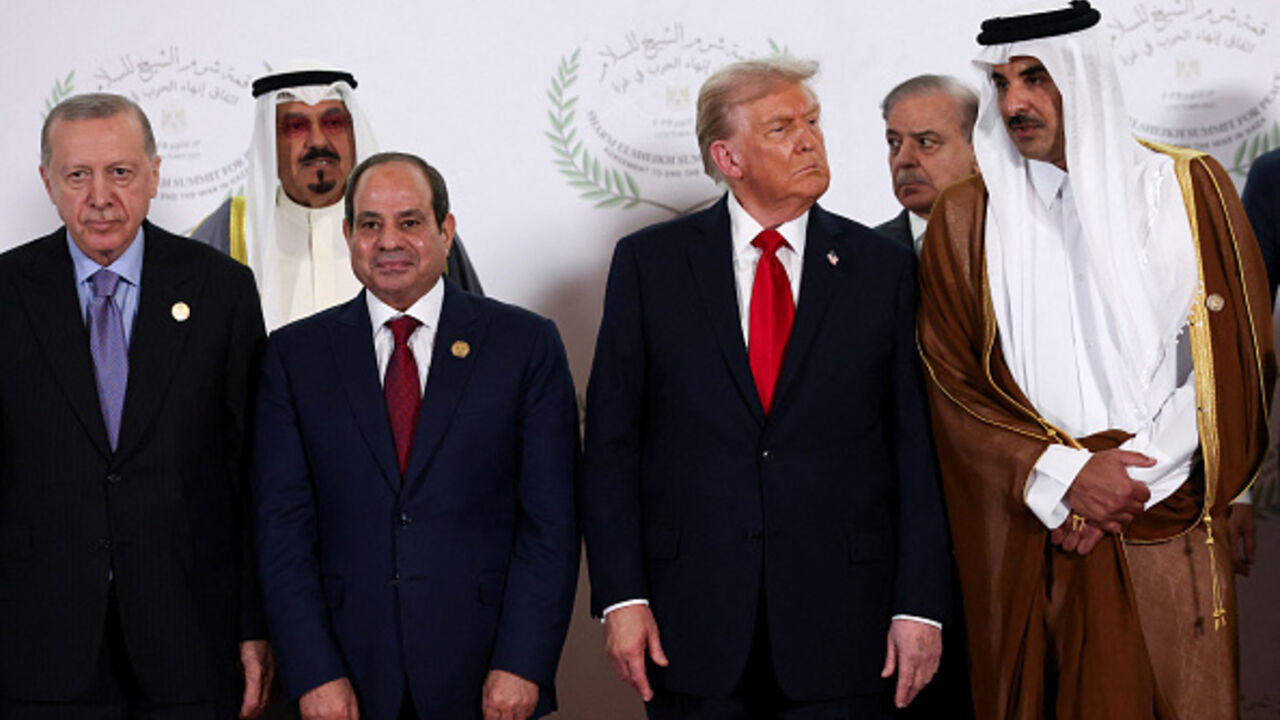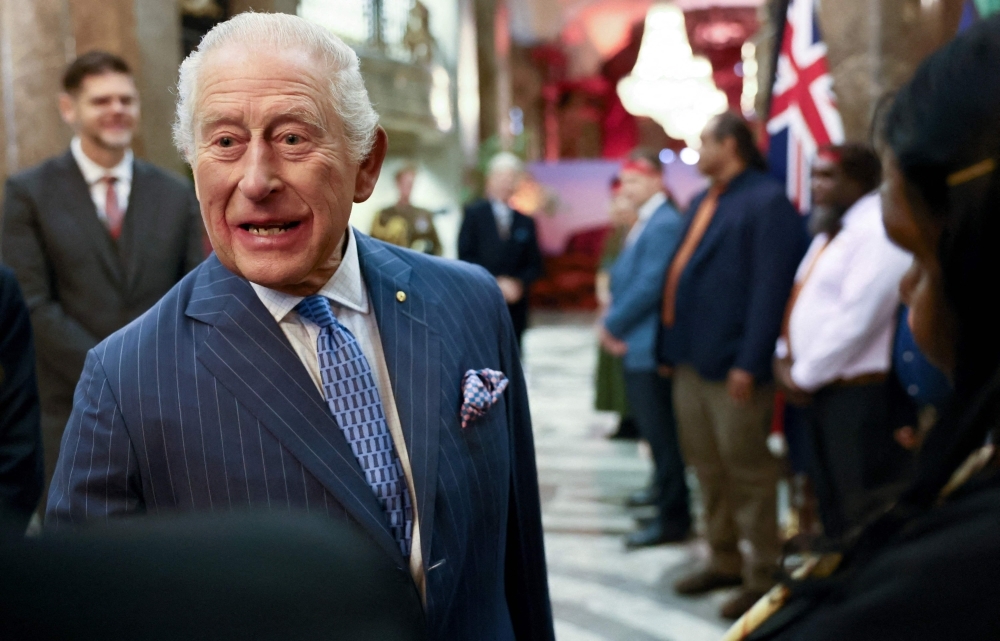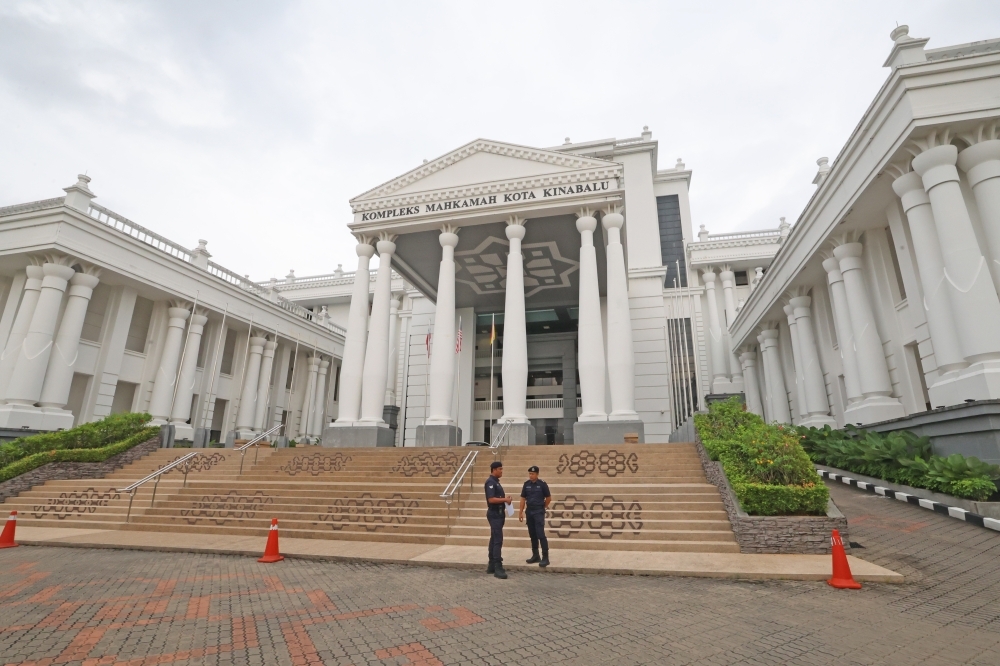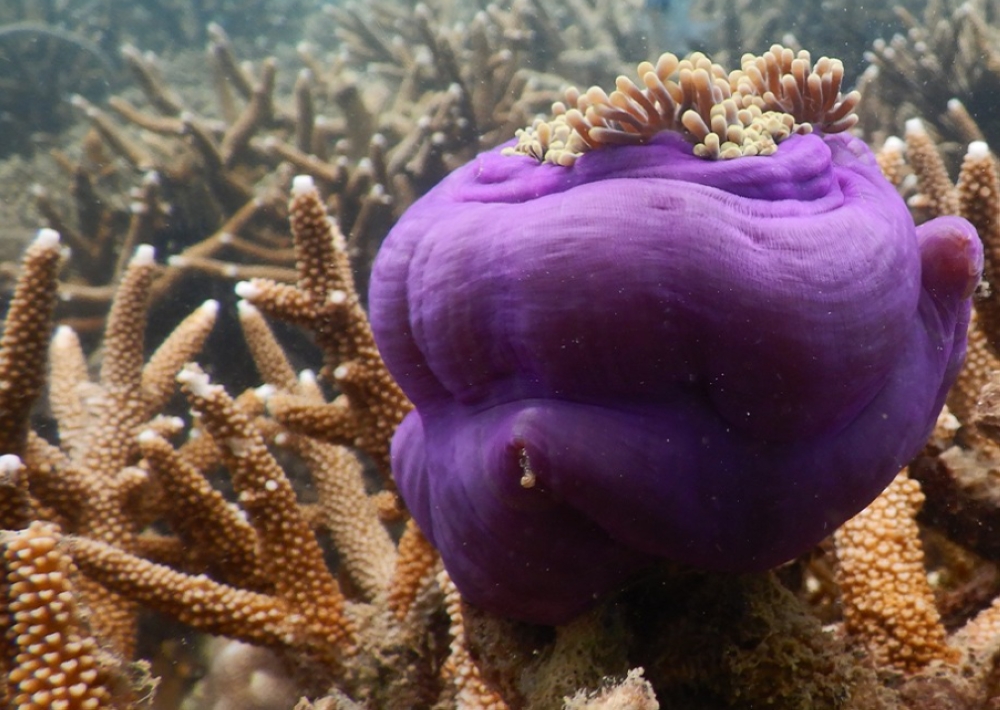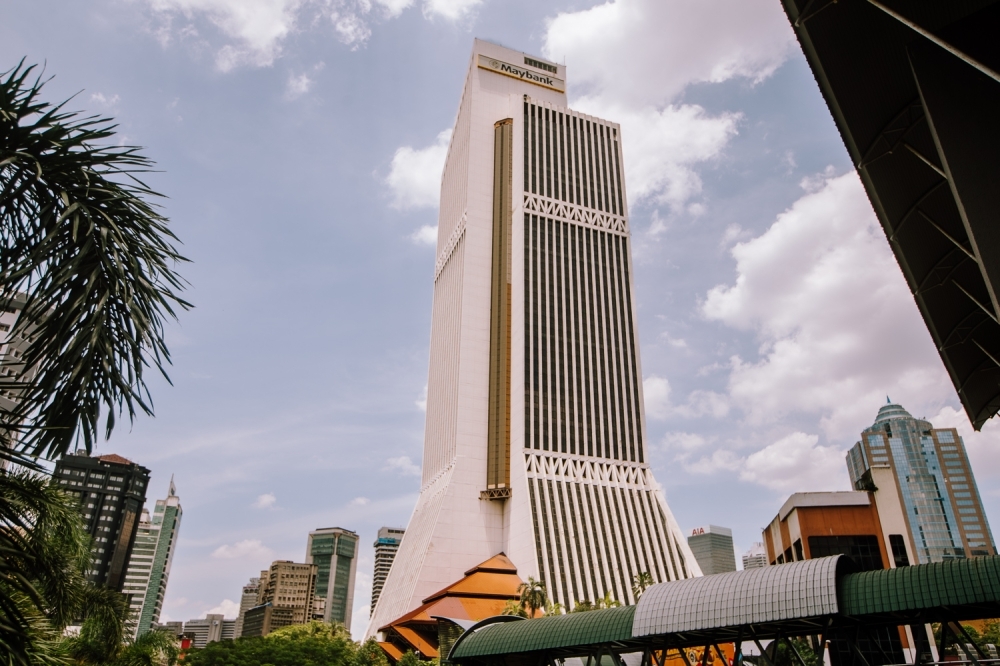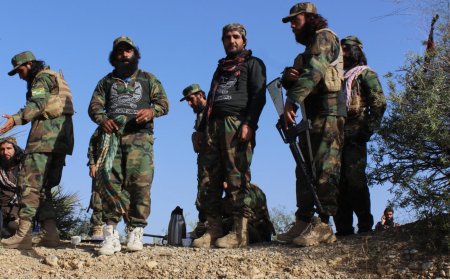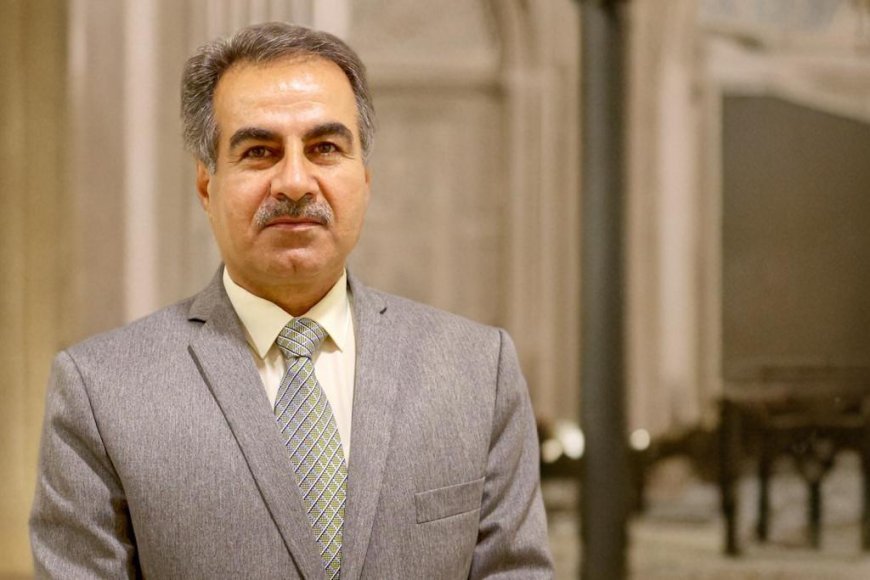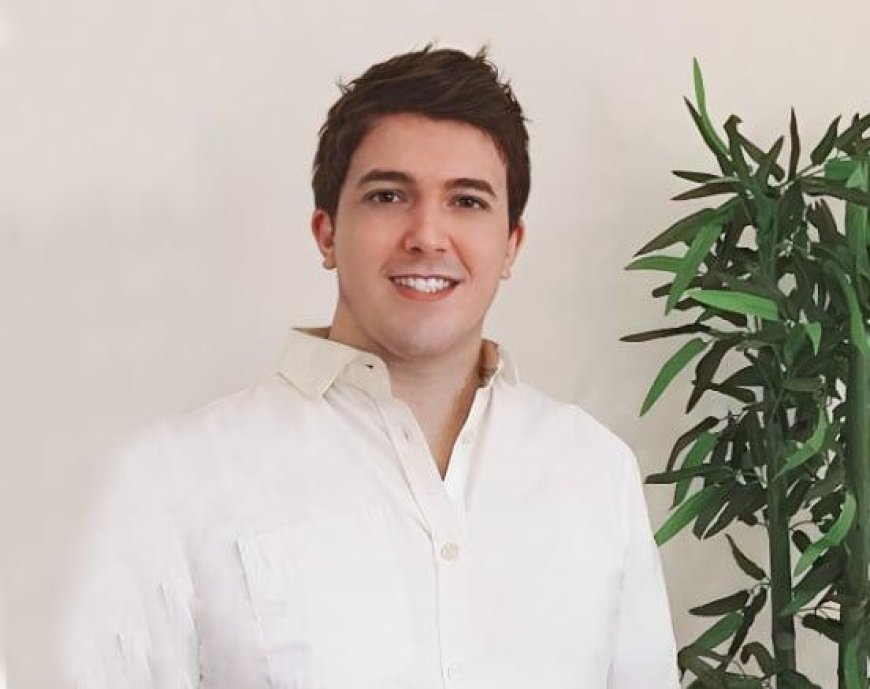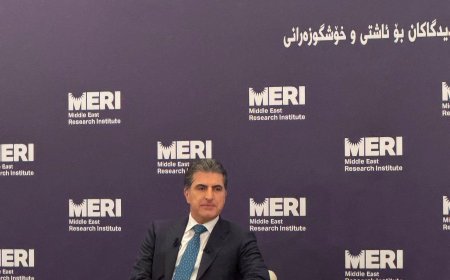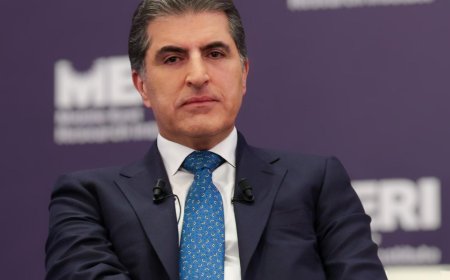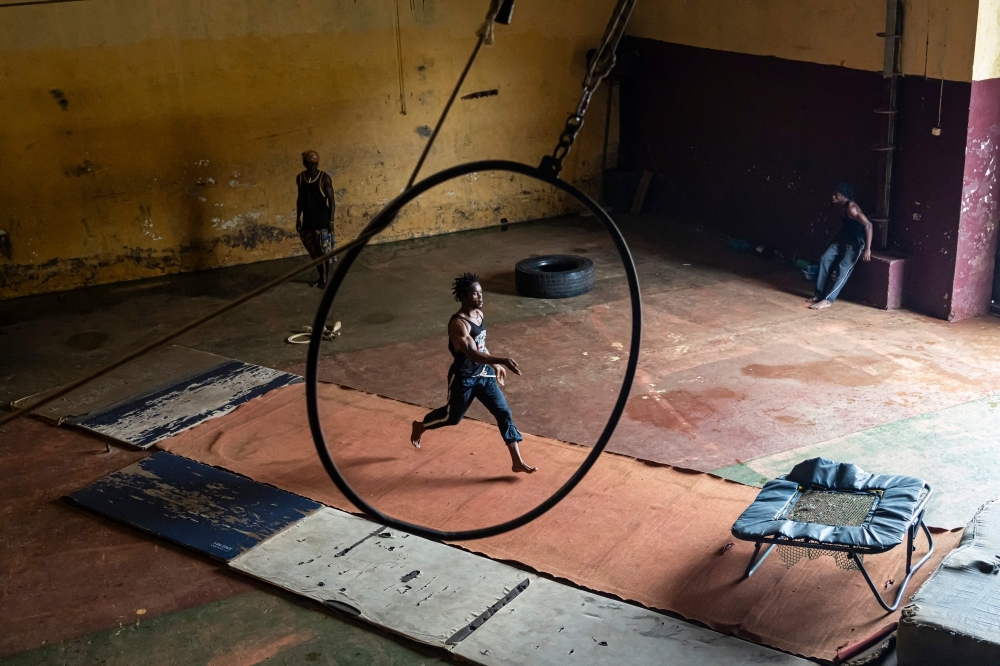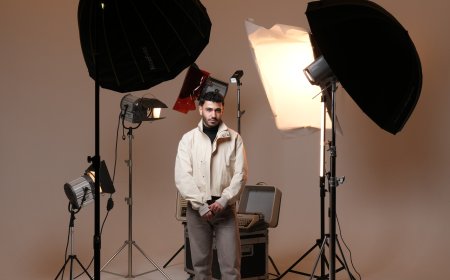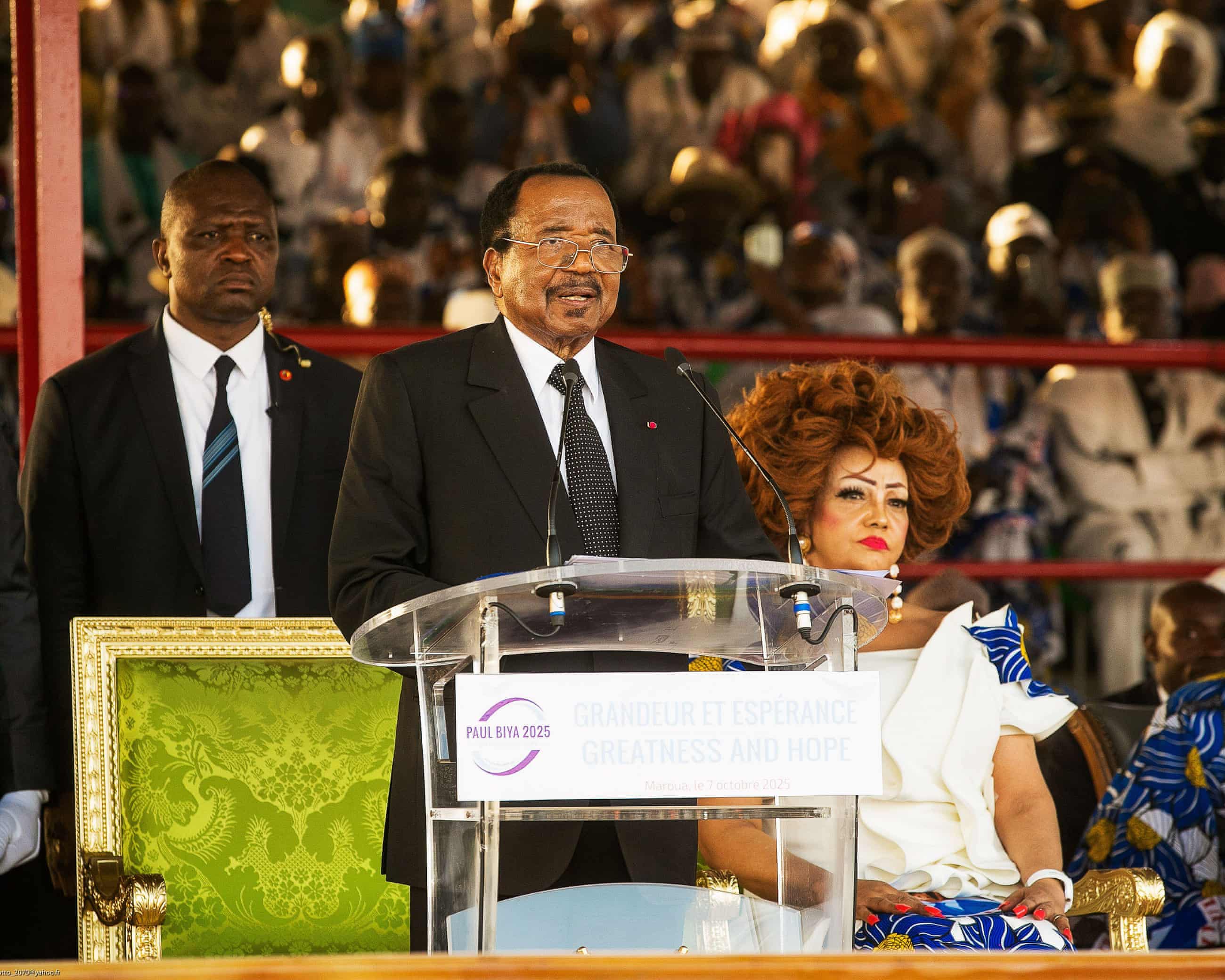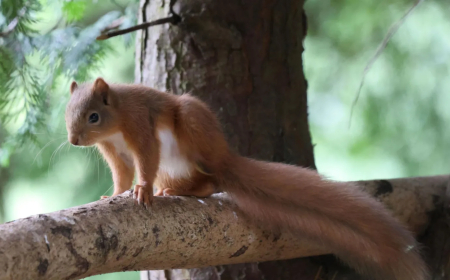From the mountains to Erbil’s alleys: The art of Kurdish prayer beads
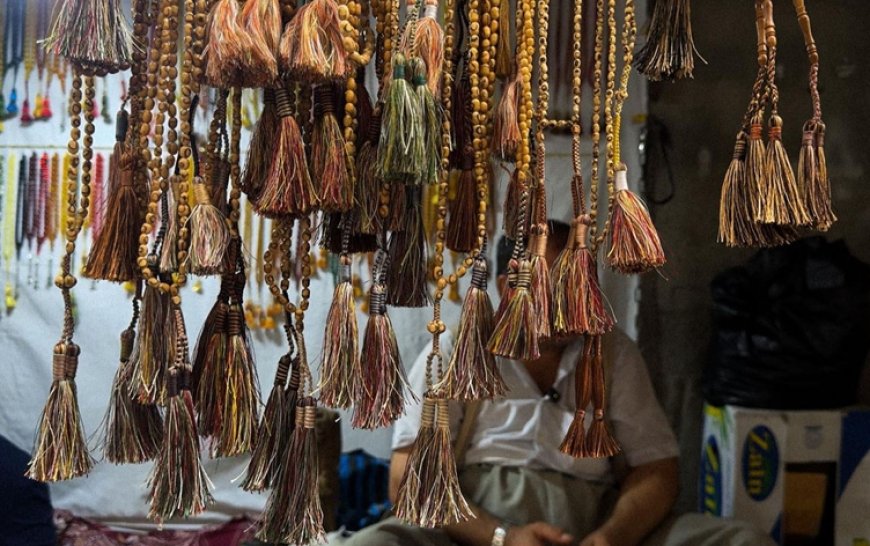
In the narrow alleys of Erbil’s bazaar, veteran craftsmen quietly shape qazwan - the seeds of the wild terebinth tree (Pistacia atlantica) - into prayer beads known as tasbih. It is a practice that blends faith, heritage, and meticulous skill.
Qazwan grows mainly in Kurdish regions of southeast Turkey and the Kurdistan Region and has long been used for everything from coffee to traditional prayer beads. In Erbil’s historic bazaar around the citadel, some craftsmen have been working for decades.
“I have been in this business for 33 years,” Ismail Mohammed, who runs a stand in a small alley, told Rudaw English. “I settled here and sold them wholesale. I didn't go anywhere else after that. Then I got involved in the work of making, modifying, and selling them. We did all kinds of things, and that’s what we're still doing now.”
Mohammed explained that the best qazwan comes from the mountains in Sulaimani province, where craftsmen curate and carve it before sending it out.
“Qazwan prayer beads have been known since ancient times. It’s something handmade and natural,” he said.
Prayer beads made from qazwan come in several types, distinguished by color, grain, and the specific mountains where the trees grow. Craftsmen often sort them into red, orange, black, and occasionally greenish hues, each reflecting the wood’s natural variation.
Some of the most prized qazwan comes from areas like Qaladze, Piramagroon, and Safin, where the trees develop denser grain and richer color. The highest seeds are usually harvested after seasonal rains in November, when they are mature enough for carving detailed patterns that bring out their natural beauty.
Carving styles also differ. Some artisans carve both sides of the seeds, some only one side, and some leave them plain. Fully carved beads are generally more highly valued.
While stone and other materials are also used to make prayer beads, qazwan remains the traditional Kurdish choice.
“The crafting process is quite detailed. When the wood is fresh and wet, we shape it by hand or with specialized carving tools. As it dries, the patterns and carvings become more pronounced,” said Tahsin Omar, another craftsman near the citadel.
“Each piece goes through polishing, drilling for the string, and careful finishing to create the final product,” he added.
Besides making tasbih, craftsmen also repair damaged beads or replace broken strings.
Prices vary widely, Omar said, depending on the seed quality - starting around $4 and reaching up to $200 for premium pieces.
Yet this ancient trade is not immune to today’s economic challenges. Craftsmen said business has suffered because of financial disputes between Baghdad and Erbil, which have led to public sector salary cuts and dampened consumer spending.
In May, Iraq’s federal finance ministry suspended payments to the Kurdistan Regional Government (KRG), accusing it of exceeding its budget share and failing to deliver oil to Iraq’s State Oil Marketing Organization (SOMO). The freeze affected more than 1.2 million public sector employees. After the two governments reached a new agreement late last month, Baghdad disbursed the May salaries of the Kurdistan Region’s civil servants. The fate of the unpaid salaries remains unclear.
“Unfortunately, the current market situation is quite difficult. Business isn’t what it used to be,” Omar said. “The market feels lifeless, and you can see it in people’s faces - there’s less optimism and more pessimism. This largely stems from unemployment and economic hardship.”
Qazwan prayer beads are not just an item of devotion, they are also seen as an essential accessory when donning traditional Kurdish attire.
“Even in ancient times, qazwan came with Kurdish clothing. It’s something folkloric and ancient,” Mohammed said. “Kurdish clothing and qazwan go together.”
Historically, prayer beads are used in Islam for dhikr - phrases of remembrance and gratitude toward God. But the craftsmen say their meaning runs deeper and they are a quiet emblem of Kurdish identity, especially for diaspora communities.
“For religiously committed individuals, prayer beads serve their spiritual purpose. But there’s also a cultural dimension,” Omar said. “When someone carries Kurdish qazwan prayer beads, especially abroad, it represents a connection to Kurdish identity and heritage. At gatherings or special occasions, it shows who they are and where they come from.”
Beyond faith and culture, craftsmen say tasbih have a calming effect - an alternative to modern distractions like smartphones. Many older men still carry them to pass time, focus, or relieve stress, much like a traditional fidget spinner.
Qazwan beads change color over time, darkening as they absorb the warmth and oils of the owner’s hand. But they must be handled carefully.
“Qazwan is a light shell by itself, it’s delicate,” Mohammed said. “It should be held gently, not squeezed hard, and kept away from oil and strong soap. If you wash it with soap, it turns black.”
When properly used, he added, the seeds develop a rich, natural luster that deepens with age.
The Erbil Citadel, a UNESCO World Heritage site and one of the world’s oldest continually inhabited urban centers, is the perfect backdrop for this tradition. Its ancient walls have witnessed centuries of trade, faith, and culture and today they shelter craftsmen who keep alive the quiet art of making qazwan prayer beads.
(Source:Rudaw)

